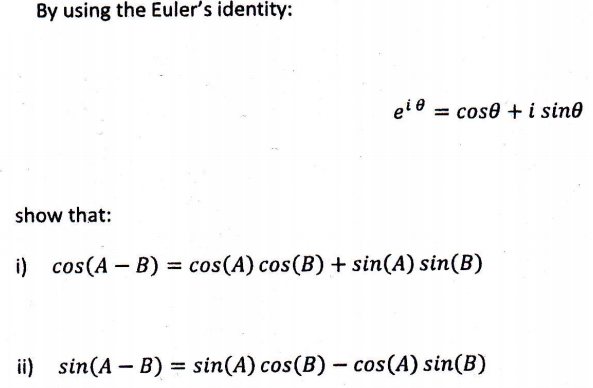
The next-gravest modes have degree 2, and they comprise waves with a more intricate latitude variation. This solution is isochronal, in other words its Lagrangian flow is periodic. This is assertion ( iii) in Proposition 1, giving a second proof of the stability of this ground state. The \(L^2\)-projection of any solution \(\psi \) onto the subspace of ground states is conserved by the flow of ( \(\varepsilon _\omega \)). This gives a first proof of its stability. $$\begin\varphi \) being the surface element on the sphere. Stationary solutions of ( \(\varepsilon _\omega \)) can be found by solving the semilinear elliptic problem In the present paper, the focus will be on stationary solutions and their stability. Global existence being settled, we now turn to more qualitative questions.Ī recent line of research has focused on the behavior of \((E_\omega )\) as \(\omega \rightarrow \infty \), proving convergence to zonal flows after time averaging see Cheng-Mahalov, Wirosoetisno, Taylor.

For these matters we refer to Taylor, where this program is explained in greater detail. Therefore, one can use energy methods to prove local well-posedness in \(H^s\), \(s>2\) (see for instance ), and then an analogue of the Beale-Kato-Majda theorem ensures global well-posedness in \(H^s\), \(s>2\). Finally, we show that stationary solutions of the Euler equation on a rotating sphere are building blocks for travelling-wave solutions of the 3D system that describes the leading order dynamics of stratospheric planetary flows, capturing the characteristic decrease of density and increase of temperature with height in this region of the atmosphere.Ĭonservation laws and energy estimates for equation ( \(\varepsilon _\omega \)) are very similar to the more classical framework of the (two-dimensional) Euclidean space, or of the torus. Results on the local and global bifurcation of non-zonal stationary solutions from classical Rossby–Haurwitz waves are also obtained. We study the stability properties of these critical stationary solutions. In both cases, the lowest mode Rossby–Haurwitz stationary solutions (more precisely, those whose stream functions belong to the sum of the first two eigenspaces of the Laplace-Beltrami operator) appear as limiting cases. A natural analogue of Arnold’s stability criterion is proved.

For the Euler equation, under appropriate conditions, rigidity results are established, ensuring that the solutions are either zonal or rotated zonal solutions. Thus if you want to model AC circuits, you need to model waves, so you use sines and cosines.This article is devoted to stationary solutions of Euler’s equation on a rotating sphere, and to their relevance to the dynamics of stratospheric flows in the atmosphere of the outer planets of our solar system and in polar regions of the Earth. Thanks to Fourier we can stick to sines, and all other waves are just linear combinations of these sines. The simplest waves are sines, so we start with those. When something waves, you model it with a wave. The sines and the cosines are just ways to mathematically handle what the AC current does: it waves. To recover the original wave, simply take the real part, and there it is. This is much easier to manipulate when working with equations. You can also multiply by a factor inside of the function, like in $\sin (5 x)$ or $\cos(0.5 x)$, which $\textit)$, where $\Re$ means to take the real part. Note that here the scale has changed, according to the factor out front. Then you can multiply it by something on the outside, like in $5 \sin ( x )$ or $.1 \cos (x)$, and the vertical dimension is multiplied by that factor, because this just multiplies the entire sine or cosine by that factor: To start with, you have your basic sine wave, $\sin ( x )$, and your basic cosine wave, $\cos ( x )$:

I'll throw some plots together in Mathematica, and hopefully this will help.


 0 kommentar(er)
0 kommentar(er)
